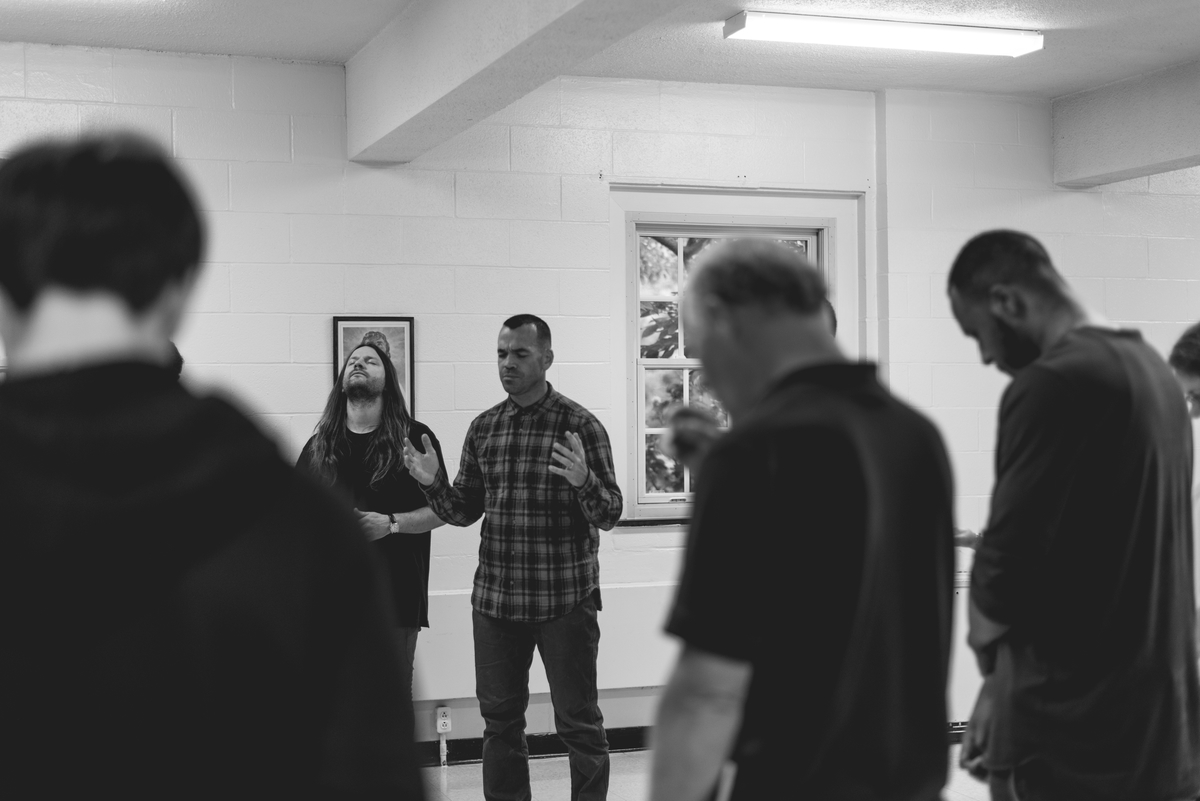Ministry leaders should have a complicated relationship with data. We should value data because it can be used as a tool to help us make wise decisions. But we must not value data too much, and must not find our worth and identity in a number or spreadsheet. Data can help ministry leaders make wise decisions. And data can enslave ministry leaders to live by sight and not by faith. Data is both a cruel god and a great tool. Both living for data and ignoring data are unhealthy extremes in ministry.
Here are four places leaders should use data in decision-making while also not allowing data to be their god.
1. Facility Planning
Sadly some church facilities were not planned too well, likely because people did not look fully at the data. For example, if a church has seating capacity for 500 yet only 100 parking spots, then the church built a facility “out of balance.” Parking, seating, and space for kids must be planned in coordination with each other. My friends at Visioneering Studios recently released a simple calculator to help church leaders think about their facilities. If you are interested, check it out here and use the code: EGB19-WDB. It is normally $47, but it’s free with that code.
2. Worship Service Planning
My team is currently wrestling with when to add a fourth weekend worship service. We are constantly monitoring parking and attendance at our largest worship service, and we have asked (and begged) people to move from our largest service to Saturday night. While it has helped in the short-term, we know that at some point we will likely need to launch a fourth service. Data is helping us think and plan.
3. Church Multiplication
When launching a new church or campus/congregation of an existing church, it is wise to look at data and let the data answer questions such as the following:
Where are there pockets of growth in a county?
Where are there places where a new church could best serve a community?
If it is a new campus/congregation from an existing church, where is there high concentration of people driving to the “main campus” who could be better connected if there was a campus in their community?
4. People in Smaller Groups
Churches use different nomenclature to describe their groups: Bible studies, Sunday School, life groups, and small groups. But most ministry leaders recognize that the care people receive increases significantly when they are in a group. We found in the research (DATA!) beneath Transformational Groups that people who are in a small group display attributes of Christian discipleship far more than those not in a group. Knowing what percentage of a church is in a group gives church leaders insight into how many new people need help connecting to a group. If a church is growing in attendance but not growing in groups, then a gap can quickly emerge and grow. Without a good rhythm of evaluating data, leaders can fail to notice.
Data is of course helpful in other places such as volunteer engagement, engagement in the local community, etc. Are these the only things to be measured? By no means! Do these data points tell the whole story of a church or the health of a church? No way! The simplest things to measure are not the most important things, but data can help ministry leaders steward the resources and the opportunities before them.





